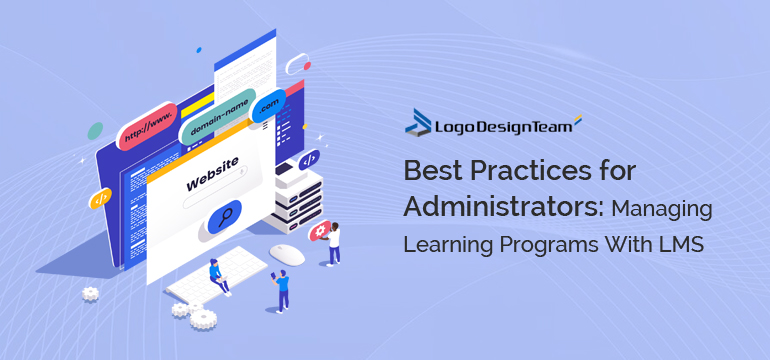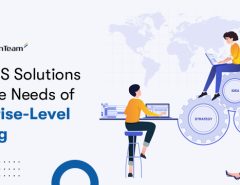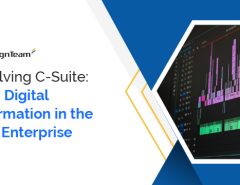Learning Management Systems (LMS) are software applications that enable administrators to manage and deliver educational courses and training programs. As an administrator, the effective management of your learning programs can be challenging, but by following the best practices, you can efficiently manage your e-learning courses.
1. Set Clear Goals
Before administering any learning program, it is imperative to set clear goals. The goals should be specific and measurable so that they can be easily evaluated at the end of a course or program. Defining clear objectives helps in assessing each student’s progress during a course and enables administrators to adjust lessons as required.
2. Personalize Learning Experience
Your Learning Management System or Learning Experience Platform (LXP) should have features such as personalized dashboards for each student, such as individualized quizzes and custom feedback for students’ inquiries. This provides learners with targeted instructions that help students develop their skill sets effectively. You can check out Blackbaud pricing and plans to decide whether it suits the needs of your business.
3. Track Student Progress Regularly
Regularly monitoring student progress is essential for an administrator when managing online courses via LMS software applications. It enables them to identify areas where learners are struggling and assess whether they require additional support from instructors or peers.
4. Encourage Feedback
Engage students in providing input – it helps improve coursework quality immensely. For instance, students’ insights into important design changes, such as the user interfaces of these systems, can increase engagement levels significantly if implemented.
5. Create Customized Learning Paths
The ideal LMS must allow administrators to create customized learning paths based on each learner’s performance results from quizzes or other assessment tools. This enables the creation of individual-specific learning processes designed according to the progress needs of each learner, giving them more control over how they learn.
6. Build Communities For Collaboration
Establishing digital groups through accessible online portals assists in knowledge sharing amongst stakeholders within a particular subject space. This ensures consistent and continuing positive development within the community among learners throughout their personal and professional growth paths!
7. Keep Course Materials Up-to-date
To have an effective e-learning program, keep course materials updated at all times; this ensures that learners receive accurate content and, thus, are kept up to date with the latest trends and findings. Inaccurate information can hinder student progress as it makes them misinformed about a particular subject.
8. Encourage Reinforcement Learning
Reinforcing learning improves knowledge retention and dramatically increases the student’s capacity to retain material covered during courses or programs. The ideal LMS must include automated reminders for revision sessions of critical content or gamified quizzes to reinforce their retention of what they have learned in earlier courses throughout their active learning journey!
9. Have A Methodology Of Continuous Improvement
Improving your educational programs should be an ongoing pursuit. Therefore, administrators must involve their stakeholders or educators in regular reviews to identify gaps in current courses and assess which emerging technologies can improve user engagement levels. This ensures that consistent updating keeps pace with rapidly evolving technological changes, assuring considerable value-added across all modules.
10. Provide Multiple Assessments Opportunities
In traditional classroom settings, students usually get assessments after class periods. However, e-learning offers more flexibility by providing assessments online at any time, accessible to users via computer systems/software applications within the LMS software package.
11. Use Emotive Elements
The key is incorporating emotive elements such as personalized messages sent directly from instructors when feedback is received. Implementing gamification strategies through point-based rewards/leaderboards keeps learners engaged throughout every step. This ensures that each learner can enjoy exciting possibilities at every turn, thus providing highly immersive user experiences and improved knowledge retention rates.
Conclusion
Effective management of online learning programs can enhance the quality of the learning experience among students when utilizing a Learning Management System adeptly. Administrators can deliver instruction through innovative and constantly-upgraded paths. Ultimately, user engagement depends heavily on customization according to needs and defined goals, along with achieving target milestones linked to correct automation attributes that facilitate course administration for efficient evaluation management based on various KPIs data points, augmenting students’ progress indicators. Administrators should establish collaborative digital communities and provide regular feedback mechanisms, resulting in continuous improvement. Hence, embracing the power of an LMS is an essential tool for administrators seeking to execute online programs effectively. Implement these best practices to improve e-learning and manage learning programs efficiently with LMS software tools.




